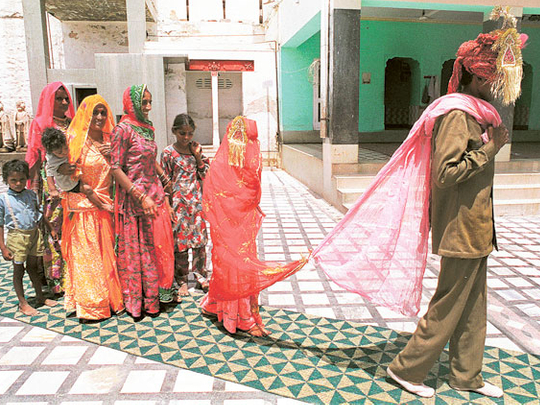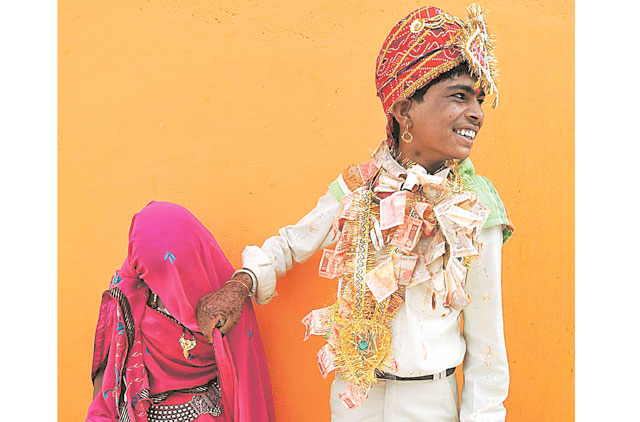
New Delhi: Child marriage, known as ‘Bal Vivaha’, is believed to have begun during the medieval ages of India. Later child marriage became a widespread cultural practice with various reasons to justify it, and many marriages were performed while the girl was still an infant.
After independence, the feudalistic character of the Indian society coupled with caste system gave a major boost to incidences of child marriage, particularly in the rural areas.
“Castes, which are based on birth and heredity, do not allow two people to marry if they are from different castes. This system was threatened by young people’s emotions and desires to marry outside their caste, so out of necessity child marriage was created to ensure the caste system continued. Also parents of a child entering into a child marriage are often poor and use marriage as a way to make their daughter’s future better, especially in areas with little economic opportunities.
“During times of war, parents will often marry off their young child to protect her from the conflicts raging around her. Some families still use child marriage to build alliances, as they did during the medieval ages,” Nirmal Kaur, Delhi-based child rights activist, told Gulf News.
“Statistically, a girl in a child marriage has less of a chance to go to school, and parents think education will undermine her ability to be a traditional wife and mother. Virginity is an important part of Indian culture, and parents want to ensure their daughters do not have pre-marital sex, and child marriage is an easy way to fix this,” Kaur said.
Because of lack of protection, child brides are often exposed to serious health risks, early pregnancy, and various sexually transmitted diseases especially HIV/Aids. There are many reasons why parents’ consent to child marriage such as economic necessity, male protection for their daughters, child bearing, or oppressive traditional values and norms.
Globally, more than one third of the women between the ages 20-24 were married before they reached the age of 18. Approximately 14 million adolescent girls between the ages 15-19 give birth each year. Girls in this age group are twice more likely to die during child birth than women in their twenties.
Child marriage in India has grave implications for population control as adolescent brides are likely to have high fertility and a number of unwanted pregnancies. States where child marriage is most prevalent is also where there is the highest population. Child marriage is low among women who have had access to higher education and secondary education. Marriages in India are often unregistered, and are socially binding if not legally, which makes it hard to survey.
According to ‘State of the World’s Children Report’ released by Unicef, premature pregnancy and motherhood are an inevitable consequence of child marriage. Girls under 15 are five times more likely to die during pregnancy and childbirth than women in their twenties.
Unicef defines child marriage as marriage before 18 years of age and considers this practise as a violation of human rights. The harmful consequences of child marriage are segregation from family and friends, limiting the child’s interactions with the community and peers, lack of opportunities for education. Girl children often face situations of bonded labour, enslavement, commercial sexual exploitation and violence as a result of child marriage.













